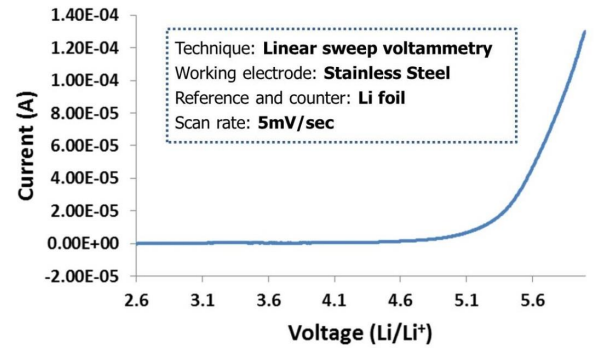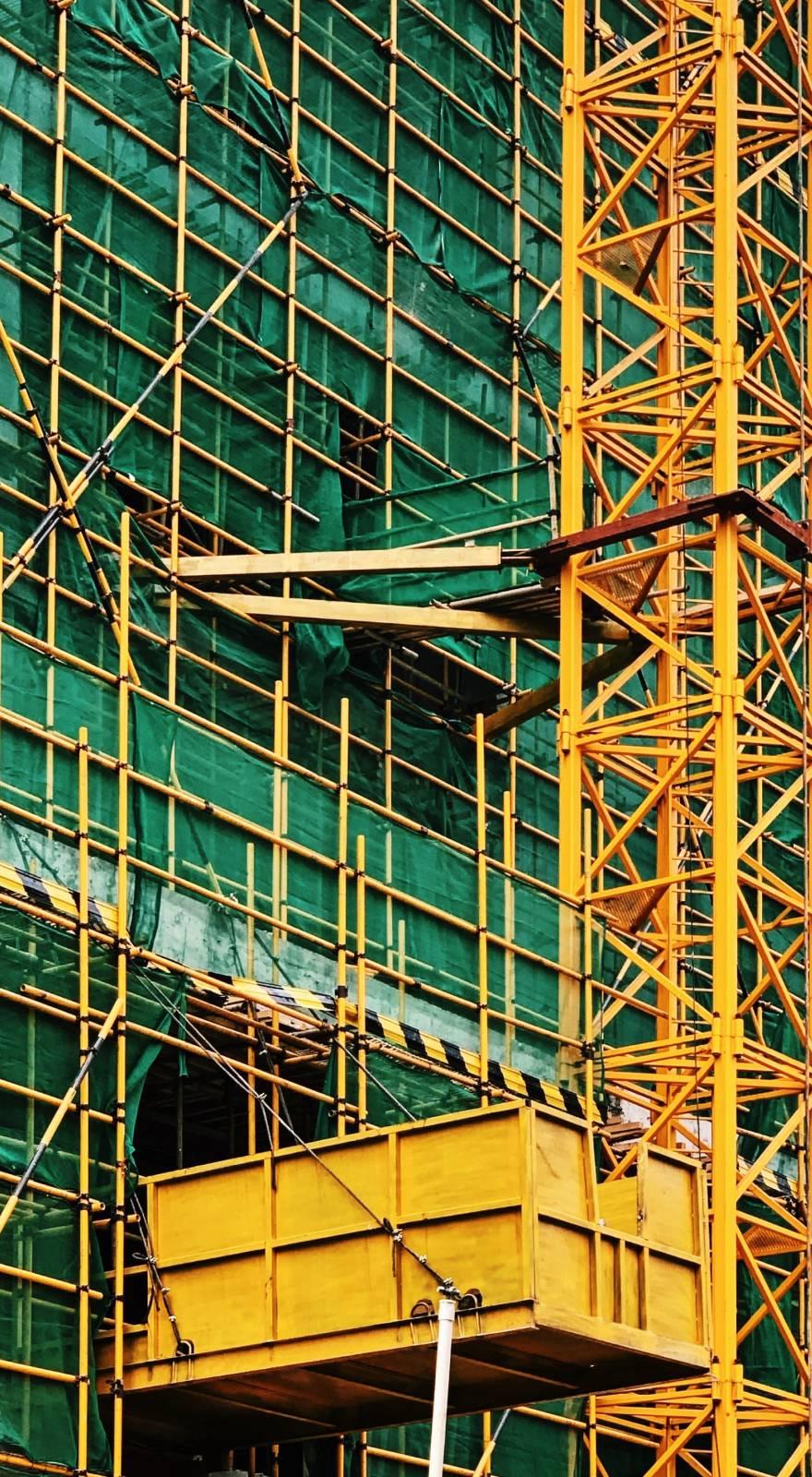Knowde Enhanced TDS
Identification & Functionality
- Chemical Name
- Industrial Additives Functions
- CAS No.
- 872-50-4
- EC No.
- 212-828-1
- Technologies
- Type
Polymer based composite electrolyte
Features & Benefits
- Industrial Additives Features
- Product Highlights
Electrolyte Materials for All Solid State Batteries
A long trusted source for custom developed materials used in lithium ion batteries, NEI Corporation is your go to source for commercial and custom solid electrolyte materials. Solid electrolytes conduct lithium ions at room temperature and can potentially replace conventional organic electrolytes, which are flammable and toxic, thereby drastically improving the safety of batteries. NEI is actively involved in producing different solid electrolyte materials of both oxide and sulfide based compositions, as well as polymer based electrolyte materials.
Applications & Uses
- Markets
- Battery Type
- Industrial Additives End Use
Properties
- Physical Form
- Technical Data
| Value | Units | Test Method / Conditions | |
| Glass Transition Temperature (DSC) | max. -40 | °C | — |
| Stable Temperature Range | max. 150 | °C | — |
| Ionic Conductivity (at RT) | 2 - 4 x 10⁴ | S/cm | — |
| Stability Window (Li/Li+) | max. 5.2 | V | — |
| Interfacial Resistance with Li | 170 | ohms/cm² | — |
| Capacity (at 0.04C, NMC with NMC811) | min. 190 | mAh/g | — |
| Capacity (at 0.04C, LFP with LiFePO4) | min. 150 | mAh/g | — |
Technical Details & Test Data
- Processing Instructions
NANOMYTE® SE-50 solid electrolyte can be cast directly onto a cathode tape for cell assembly. (*Note: It is important to protect the material from moisture. SE-50 can be handled in a dry room for short periods of time. See Storage & Handling for more details.*) If freestanding membranes are desired, NANOMYTE H-polymer is recommended (H-polymer has slightly lower ionic conductivity compared to SE-50).
Cell Preparation :
When fabricating cells, NANOMYTE® SE-50 is incorporated into the electrode tape in order to confer ionic conductivity to the electrode. This is in contrast to cells using a liquid electrolyte, where the liquid electrolyte molecules can get access to the pores in the electrode. When used in conjunction with traditional binders, such as PVDF, SE-50 serves as a conductive binder to afford Li+ conductivity in the electrodes and reduce the interfacial resistance between the cathode and electrolyte. An example cathode composition comprises of 70% cathode material (by weight), 15% NANOMYTE® SE-50, 10% carbon black, and 5% PVDF.
After the cathode containing NANOMYTE® SE-50 is fabricated, the solid electrolyte can then be cast directly onto the cathode tape. For this purpose, make a solution of SE-50 in acetonitrile (e.g., 30 wt%) and cast it onto the electrode tape. Let the solvent dry in argon or nitrogen atmosphere (or a dry room) until the coating appears dry, and then transfer to vacuum drying at 60 °C for 2 hours. The cathode and separator layers can then be combined with the anode to complete cell assembly.- Voltage Stability

Packaging & Availability
- Available For Purchase
NEI’s solid electrolyte materials are available for purchase in lots of 10g, 25g, 50g and 100g (larger quantities also available upon request). All of our materials are made in house & shipped directly to you
NANOMYTE® SE-50N is a 30% SE-50 solution in NMP




